Maximize Juice Yield with Slow Juicers Today
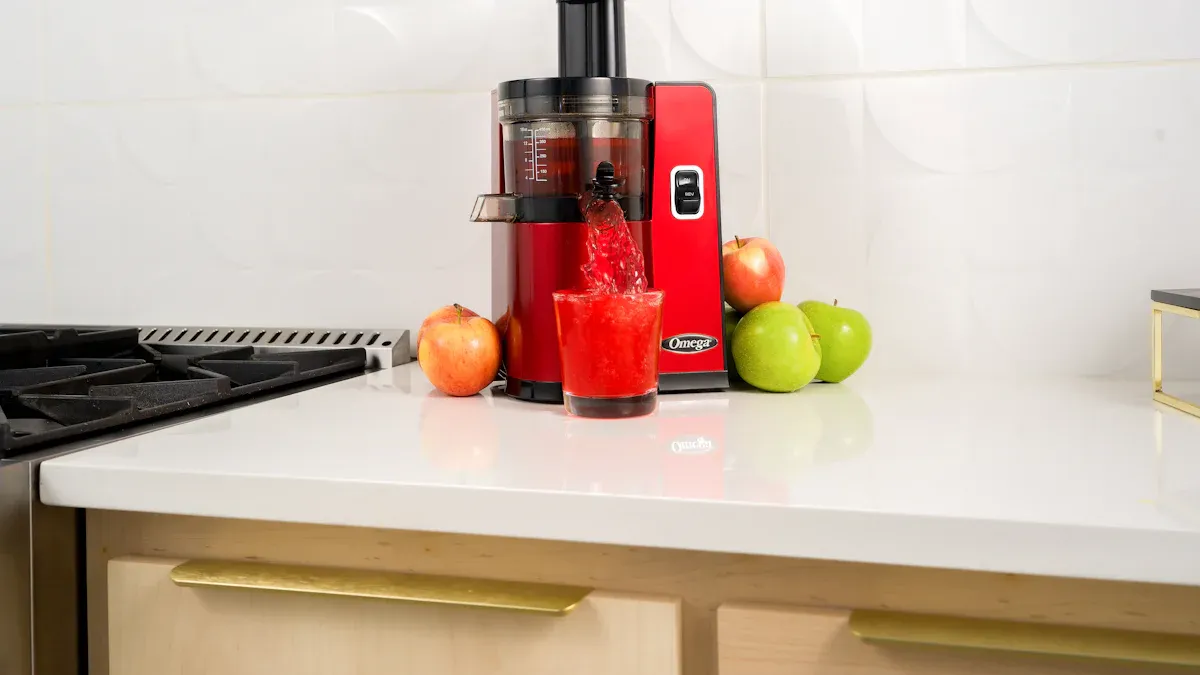
A slow juicer works at a low speed to extract juice effectively while maintaining the integrity of essential nutrients and enzymes found in fruits and vegetables. This gentle extraction process sets it apart from traditional juicers by using advanced technology to reduce heat and oxidation, which helps the juice stay fresh and flavorful. Additionally, slow juicers are designed to deliver a high juice yield by extracting the maximum amount of liquid from produce, leaving behind dry pulp and minimizing waste. For those in search of a slow juicer, the combination of high juice yield and nutrient-packed results makes it an excellent choice.
Slow juicer, high juice yield: this pairing provides a healthier, more efficient, and sustainable juicing solution for health-conscious individuals and juicing enthusiasts alike.
Key Takeaways
-
Slow juicers work slowly to keep nutrients and enzymes in juice.
-
They squeeze more juice from fruits and veggies, leaving dry pulp.
-
Using slow juicers helps save money by getting more juice.
-
The slow process avoids heat and air, keeping juice fresh longer.
-
Fine filters in slow juicers make smoother juice by removing pulp.
-
Juicing soft and hard produce together improves taste and works better.
-
Clean your slow juicer right after use to stop clogs and keep it working well.
-
Use the dry pulp for cooking or composting to cut waste and help the environment.
How Slow Juicers Maximize Juice Yield
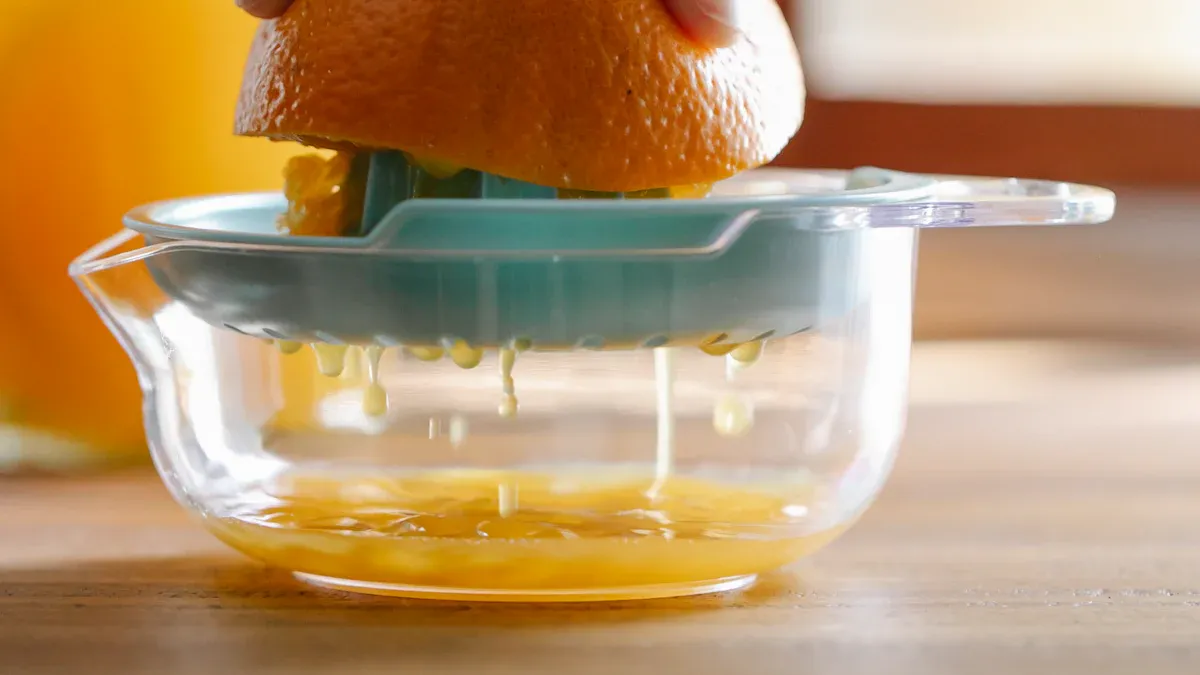
The Role of Low-Speed Operation
Gentle crushing for efficient juice extraction
Slow juicers operate at speeds ranging from 40 to 100 RPM, which allows them to gently crush fruits and vegetables. This slow grinding process ensures that every piece of produce is thoroughly pressed, extracting the maximum amount of juice. Unlike high-speed juicers, which often leave behind wet pulp, slow juicers produce drier pulp, indicating efficient extraction. This method works exceptionally well for leafy greens, which are notoriously difficult for high-speed juicers to process effectively.
The slow squeezing method also reduces waste, making it a cost-effective choice for frequent juice drinkers. By extracting more juice from the same amount of produce, users can save money while enjoying nutrient-rich beverages.
Minimizing heat and oxidation for better quality
Low-speed operation minimizes heat generation, which is a common issue with high-speed juicers. Excessive heat can destroy essential vitamins and enzymes, reducing the nutritional value of the juice. Slow juicers, on the other hand, preserve these nutrients by operating at cooler temperatures.
Additionally, the reduced speed limits oxidation, which helps retain the juice's vibrant color and fresh taste. A comparison of juicer types highlights this advantage:
|
Feature |
Slow Juicers (Cold Press) |
High-Speed Juicers (Centrifugal) |
|---|---|---|
|
Speed (RPM) |
High (typically > 10,000) |
|
|
Heat Generation |
Minimal |
High |
|
Oxidation |
Low |
High |
|
Nutrient Preservation |
High |
Lower |
|
Juice Quality |
Superior |
Inferior |
By preserving nutrients and reducing oxidation, slow juicers produce higher-quality juice with a longer shelf life. This makes them an excellent choice for health-conscious individuals seeking fresh, flavorful beverages.
Advanced Features of Slow Juicers
Auger mechanism for thorough extraction
The auger mechanism is a key feature of slow juicers. This spiral-shaped component rotates slowly to crush and press produce against a fine mesh screen. The design ensures that every drop of juice is extracted, leaving behind only dry pulp. Juicers operating at lower speeds, such as 43-50 RPM, have been shown to yield higher-quality juice and less wet pulp compared to centrifugal models.
This mechanism is particularly effective for extracting juice from fibrous fruits and vegetables, such as celery and carrots. It also excels at processing soft fruits like berries, ensuring versatility for a wide range of produce.
Fine mesh filters for separating juice and pulp
Slow juicers use fine mesh filters to separate juice from pulp, resulting in a smoother, more enjoyable beverage. These filters play a crucial role in maximizing juice yield by ensuring that only liquid passes through while retaining solid particles.
The combination of the auger mechanism and fine mesh filters allows slow juicers to excel in nutrient retention and juice quality. Users report that the juice produced by slow juicers is not only more flavorful but also richer in vitamins and enzymes. This makes slow juicers a superior choice for those who prioritize health and taste in their juicing routine.
Tip: To achieve the best results, alternate between soft and hard produce when using a slow juicer. This helps maintain consistent pressure on the auger and ensures efficient extraction.
Benefits of Using a Slow Juicer for High Juice Yield
Enhanced Juice Quality
Retention of essential nutrients and enzymes
Slow juicers excel at preserving the nutrients and enzymes found in fresh produce. Their low-speed operation minimizes heat generation, which prevents the breakdown of vitamins and enzymes that are sensitive to high temperatures. This ensures that the juice retains its nutritional value, making it a healthier choice for consumers.
Studies have shown that masticating juicers, like slow juicers, extract more juice and fiber compared to other juicer types. They also produce thicker, fresher-tasting juice with less foam. This is particularly beneficial for leafy greens, which are challenging for high-speed juicers to process effectively. By retaining essential nutrients, slow juicers provide a superior juicing experience for health-conscious individuals.
Fresher, more flavorful juice
The slow extraction process of these juicers reduces oxidation, which helps maintain the vibrant color and natural flavor of the juice. This results in a fresher and more enjoyable beverage. Juice produced by slow juicers often has a smoother texture and minimal pulp, enhancing its overall quality.
Laboratory tests have validated the superior juice quality of slow juicers. Metrics such as juice yield, smooth texture, and taste consistently rank higher for slow juicers compared to other types. This makes them an excellent choice for those who prioritize both flavor and nutrition in their beverages.
Cost and Waste Reduction
Less produce required for the same amount of juice
Slow juicers are highly efficient, extracting more juice from the same quantity of produce compared to traditional juicers. This efficiency reduces the need for additional ingredients, saving money over time. For example, cold press slow juicers are known for their ability to produce a higher juice yield while retaining more nutrients, vitamins, and enzymes.
This cost-saving benefit makes slow juicers an economical choice for frequent juice drinkers. By maximizing juice yield, they allow users to get the most out of their fruits and vegetables, reducing the overall cost of juicing.
Dry pulp indicating efficient extraction
One of the key indicators of a slow juicer's efficiency is the dryness of the pulp it produces. Unlike high-speed juicers, which often leave behind wet pulp, slow juicers extract nearly all the liquid from the produce. This not only minimizes waste but also ensures that users get the maximum amount of juice possible.
The ability to extract more juice from less produce aligns with sustainable living practices. It reduces food waste and supports a more environmentally friendly lifestyle. For those seeking a "Slow Juicer, High Juice Yield" solution, this feature is a significant advantage.
Environmental and Health Benefits
Reduced food waste and sustainable practices
Slow juicers contribute to sustainability by reducing food waste. Their high extraction efficiency ensures that less produce is discarded, making them an eco-friendly choice. Empirical data highlights the effectiveness of slow juicers in improving nutrient availability and meeting dietary requirements for multiple households.
For example, a hand-operated screw juicer demonstrated extraction efficiencies of up to 79.30% for oranges and 68.96% for pineapples. These results underscore the environmental benefits of using slow juicers, as they maximize the use of natural resources.
Healthier juice with no additives or preservatives
Juice made with slow juicers is free from additives and preservatives, making it a healthier option for consumers. The slow extraction process preserves the natural nutrients and enzymes in the juice, ensuring that it remains as close to its original state as possible.
Additionally, the reduced oxidation and heat generation during juicing help maintain the juice's freshness and nutritional value. This makes slow juicers an ideal choice for individuals who want to enjoy pure, unprocessed juice as part of a healthy lifestyle.
Tip: To further reduce waste, consider using the dry pulp from your slow juicer in recipes like vegetable broths, muffins, or compost for gardening.
Slow Juicer, High Juice Yield: Comparing Juicer Types
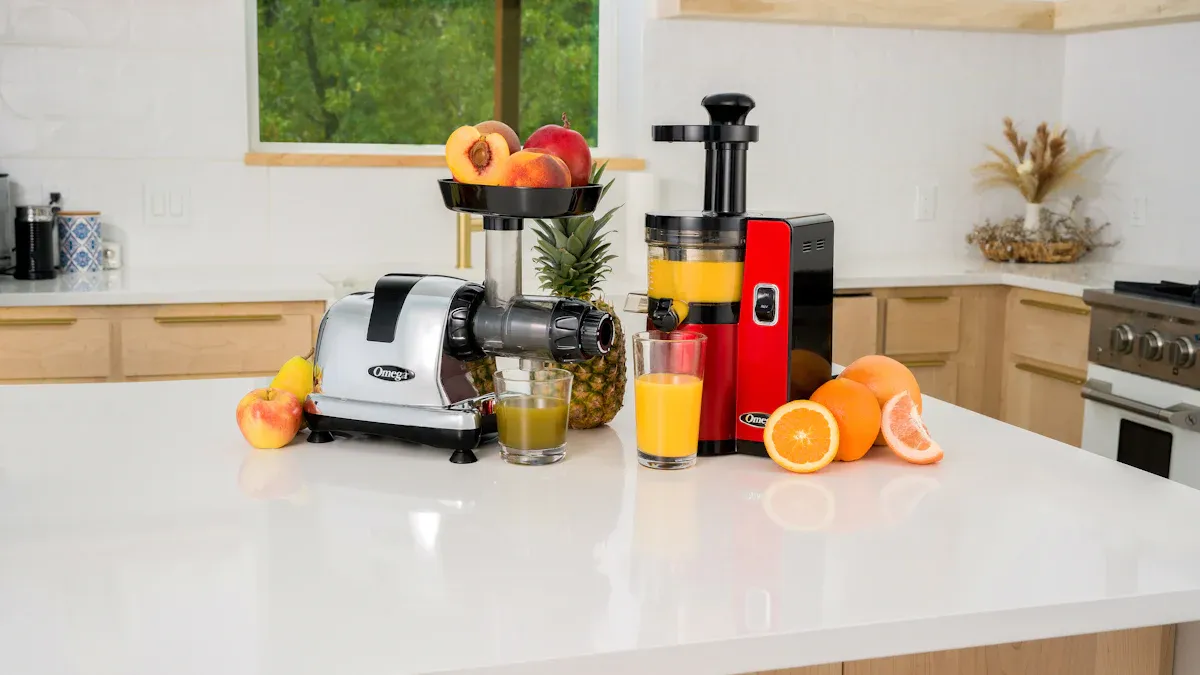
Slow Juicers vs. Centrifugal Juicers
Differences in speed and juice quality
Slow juicers and centrifugal juicers differ significantly in their operation and juice quality. Centrifugal juicers operate at high speeds, often exceeding 10,000 RPM, which generates heat and increases oxidation. This process can degrade nutrients and enzymes, resulting in juice with lower nutritional value. In contrast, slow juicers operate at 40 to 100 RPM, preserving more nutrients and enzymes due to minimal heat and oxidation.
The juice from slow juicers also has a smoother texture and less foam, making it more enjoyable to drink. Centrifugal juicers, on the other hand, often produce juice with more solids and pulp, which can affect its taste and shelf life.
Juice yield and shelf life comparison
Slow juicers excel in juice yield and shelf life. They extract more juice from fruits and vegetables, especially leafy greens, compared to centrifugal juicers. The following list highlights key differences:
-
Cold-pressed juice retains its quality longer than centrifugal juice.
-
High oxidation levels in centrifugal juice lead to faster degradation.
-
Juice from slow juicers has a longer shelf life due to reduced oxidation.
These advantages make slow juicers a better choice for those seeking high-quality juice with extended freshness.
Slow Juicers vs. Manual Juicers
Efficiency and ease of use
Slow juicers outperform manual juicers in efficiency and ease of use. Manual juicers require significant effort and time, making them less practical for daily use. Slow juicers, with their automated operation, simplify the juicing process and save time.
The table below highlights the differences:
|
Feature |
Slow Juicers (Masticating) |
Manual Juicers |
|---|---|---|
|
Speed (RPM) |
40 to 100 |
N/A |
|
Juice Yield |
N/A |
|
|
Nutrient Preservation |
Higher due to less heat and oxidation |
N/A |
|
Texture of Pulp |
Drier pulp indicating more juice extracted |
N/A |
|
Versatility |
Can make nut butters, sorbets, etc. |
Limited to juicing |
Best produce types for each juicer
Slow juicers handle a wide variety of produce, including leafy greens, fibrous vegetables, and soft fruits. Manual juicers work best with citrus fruits but struggle with harder or fibrous produce. For those who want versatility, slow juicers are the superior option.
Recommended Ormeohome juicer
The Ormeohome slow juicer stands out for its efficiency and user-friendly design. It offers excellent juice yield and nutrient retention, making it a great choice for health-conscious individuals.
Slow Juicers vs. Cold Press Juicers
Similarities in technology and juice quality
Slow juicers and cold press juicers share similar technology, both operating at low speeds to minimize heat and oxidation. This results in juice with high nutritional value and a longer shelf life. Both types excel in preserving enzymes and vitamins, making them ideal for health enthusiasts.
Price and performance differences
Vertical slow juicers are more affordable and user-friendly, appealing to casual users. Horizontal slow juicers, while pricier, offer higher performance and cater to those who prioritize maximum juice yield and versatility. Cold press juicers often fall into the premium price range, making slow juicers a more budget-friendly option for many consumers.
Note: For those seeking a balance between affordability and performance, slow juicers provide an excellent "Slow Juicer, High Juice Yield" solution.
Tips for Maximizing Juice Extraction Efficiency
Preparing Produce for Juicing
Cutting fruits and vegetables into smaller pieces
Proper preparation of produce is essential for maximizing juice yield. Cutting fruits and vegetables into smaller pieces allows the slow juicer to process them more efficiently. Smaller pieces reduce strain on the auger mechanism, ensuring smoother operation and thorough extraction. This practice also minimizes the risk of clogs, which can disrupt the juicing process.
Additionally, keeping produce cold before juicing can improve yield. Cold temperatures slow down enzymatic activity, which helps preserve the freshness and quality of the juice. For even better results, freezing produce briefly before juicing can destroy browning enzymes, enhancing both the yield and the juice's appearance.
Choosing high-water-content produce
Selecting produce with high water content is another effective way to maximize juice yield. Fruits like watermelon, oranges, and cucumbers are excellent choices due to their natural juiciness. Leafy greens such as spinach and kale also work well when paired with high-water-content fruits, as they balance the juice's flavor and texture.
Blanching certain vegetables for three minutes before juicing can further enhance yield by eliminating browning enzymes. This technique is particularly useful for fibrous vegetables like carrots and beets. Filtering out pulp during the juicing process also reduces tissue that can lead to browning, ensuring a fresher and more vibrant juice.
Using Your Slow Juicer Correctly
Feeding produce slowly and alternating textures
Operating a slow juicer correctly is crucial for achieving optimal results. Feeding produce into the juicer slowly allows the auger to extract juice more thoroughly. Alternating between soft and hard produce helps maintain consistent pressure on the auger, preventing jams and ensuring efficient extraction.
For example, pairing soft fruits like strawberries with harder vegetables like carrots can improve the juicer's performance. This technique also enhances the juice's flavor profile by combining different textures and tastes.
Utilizing a fine mesh strainer for extra juice
Using a fine mesh strainer can help extract additional juice from the pulp. After juicing, pour the liquid through the strainer to separate any remaining solids. This step ensures a smoother beverage and maximizes the amount of juice collected.
The table below highlights operational procedures that enhance juice extraction efficiency:
|
Feature |
Benefit |
|---|---|
|
Preserves nutrients, reduces foam, and increases juice yield. |
|
|
Duoblade double-edged auger |
Breaks down fiber for smoother juice and higher nutrient extraction. |
|
High torque motor |
Efficiently processes tough ingredients, resulting in higher juice yields and drier pulp. |
Cleaning and Maintaining Your Juicer
Regular cleaning to prevent clogs and maintain performance
Cleaning the juicer immediately after use prevents clogs and ensures consistent performance. Residual pulp can harden if left inside the machine, making it difficult to clean later. Rinsing the components under running water and using the provided cleaning brush can remove pulp and debris effectively.
Vacuum sealing juice after extraction can also help maintain its freshness by preventing oxidation. Adding natural preservatives like ascorbic acid further preserves the juice's color and flavor.
Proper storage to extend the juicer's lifespan
Storing the juicer properly is essential for maintaining its longevity. Disassemble the parts and dry them thoroughly before storage to prevent mold or rust. Keep the juicer in a cool, dry place to protect it from moisture and dust.
By following these tips, users can ensure their slow juicer remains in excellent condition, delivering high-quality juice for years to come. A well-maintained juicer not only enhances performance but also supports sustainable practices by reducing waste.
Tip: To achieve the best results, always prepare produce carefully and clean the juicer after each use. This ensures a "Slow Juicer, High Juice Yield" experience every time.
Slow juicers provide an excellent solution for those seeking to maximize juice yield while preserving nutrients. Their advanced design crushes and mashes produce, resulting in higher juice output and retaining more fiber compared to traditional juicers. Consumers increasingly prefer these juicers due to their health benefits and efficiency.
By following simple tips, users can optimize their juicing experience and reduce waste. Investing in a slow juicer elevates daily routines, offering fresh, nutrient-rich juice with minimal effort. A slow juicer, high juice yield, and better health make this a worthwhile addition to any kitchen.
FAQ
What is the difference between a slow juicer and a centrifugal juicer?
Slow juicers operate at low speeds, preserving nutrients and producing higher juice yield. Centrifugal juicers work faster but generate heat, which can reduce juice quality. Slow juicers also handle leafy greens better, while centrifugal models excel with harder fruits.
Can slow juicers process all types of produce?
Slow juicers handle most fruits and vegetables, including leafy greens, fibrous produce, and soft fruits. However, they may struggle with very hard items like unpeeled nuts or extremely soft fruits like bananas. For best results, alternate textures during juicing.
How long does juice from a slow juicer stay fresh?
Juice from a slow juicer stays fresh for up to 72 hours when stored in an airtight container in the refrigerator. The reduced oxidation during extraction helps preserve nutrients and flavor longer compared to juice from high-speed juicers.
Are slow juicers difficult to clean?
Most slow juicers are easy to clean, especially models with fewer parts. Cleaning immediately after use prevents pulp from hardening. Many come with cleaning brushes to simplify the process. Regular maintenance ensures optimal performance and longevity.
Do slow juicers consume a lot of electricity?
Slow juicers are energy-efficient. They operate at low speeds, typically consuming less power than high-speed centrifugal juicers. This makes them an eco-friendly choice for daily juicing needs.
Can I use the pulp from a slow juicer?
Yes, the pulp can be repurposed in various ways. Use it in recipes like muffins, soups, or vegetable broths. It can also be added to compost for gardening, reducing food waste and promoting sustainability.
Are slow juicers worth the investment?
Slow juicers offer superior juice quality, higher yield, and nutrient retention. They reduce waste and save money over time by extracting more juice from produce. For health-conscious individuals, the benefits outweigh the initial cost.
How do I choose the right slow juicer?
Consider factors like budget, ease of use, and the types of produce you plan to juice. Vertical models suit casual users, while horizontal ones offer versatility. Researching reviews and features helps find the best fit for your needs.
Tip: Look for models with a warranty and durable materials for long-term use.



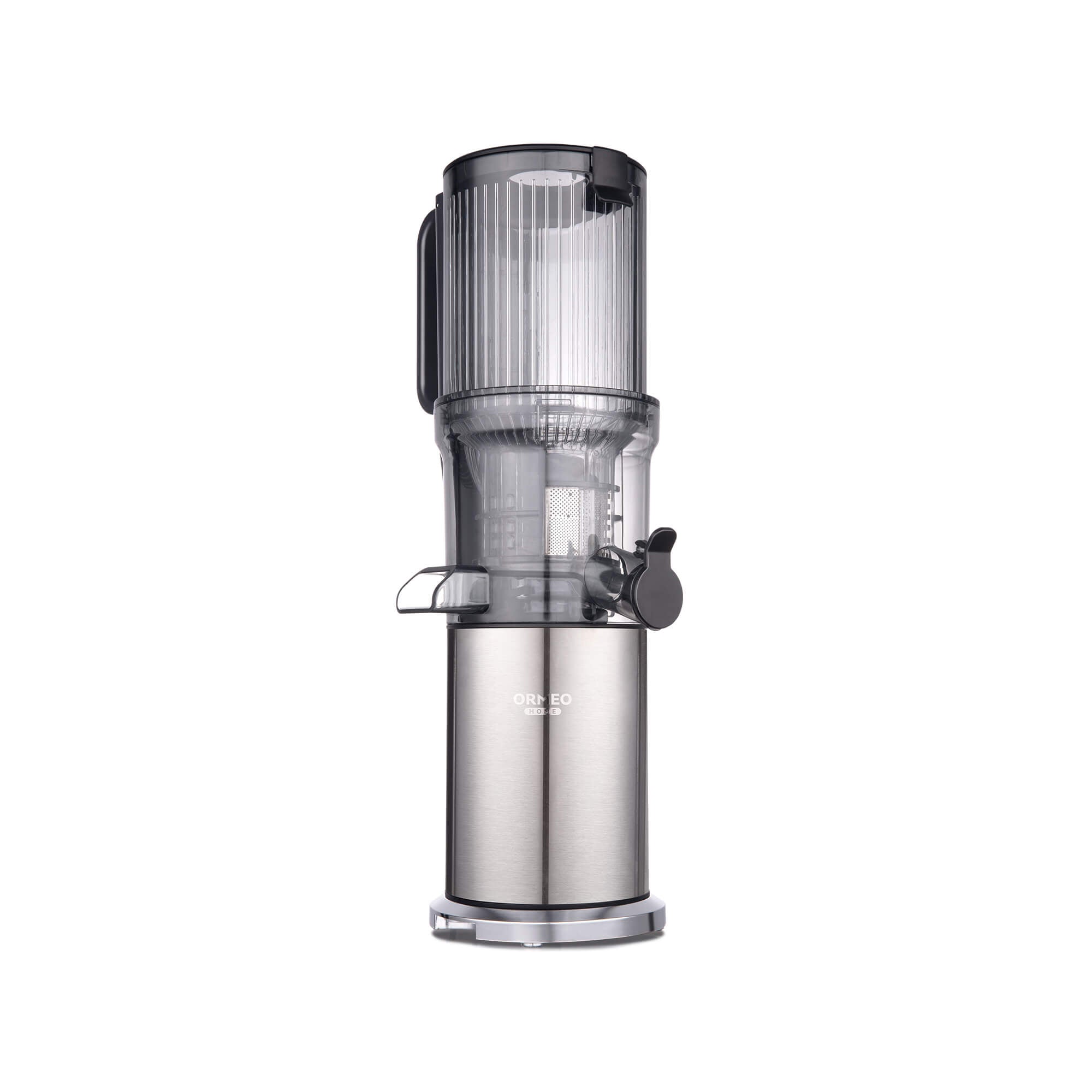
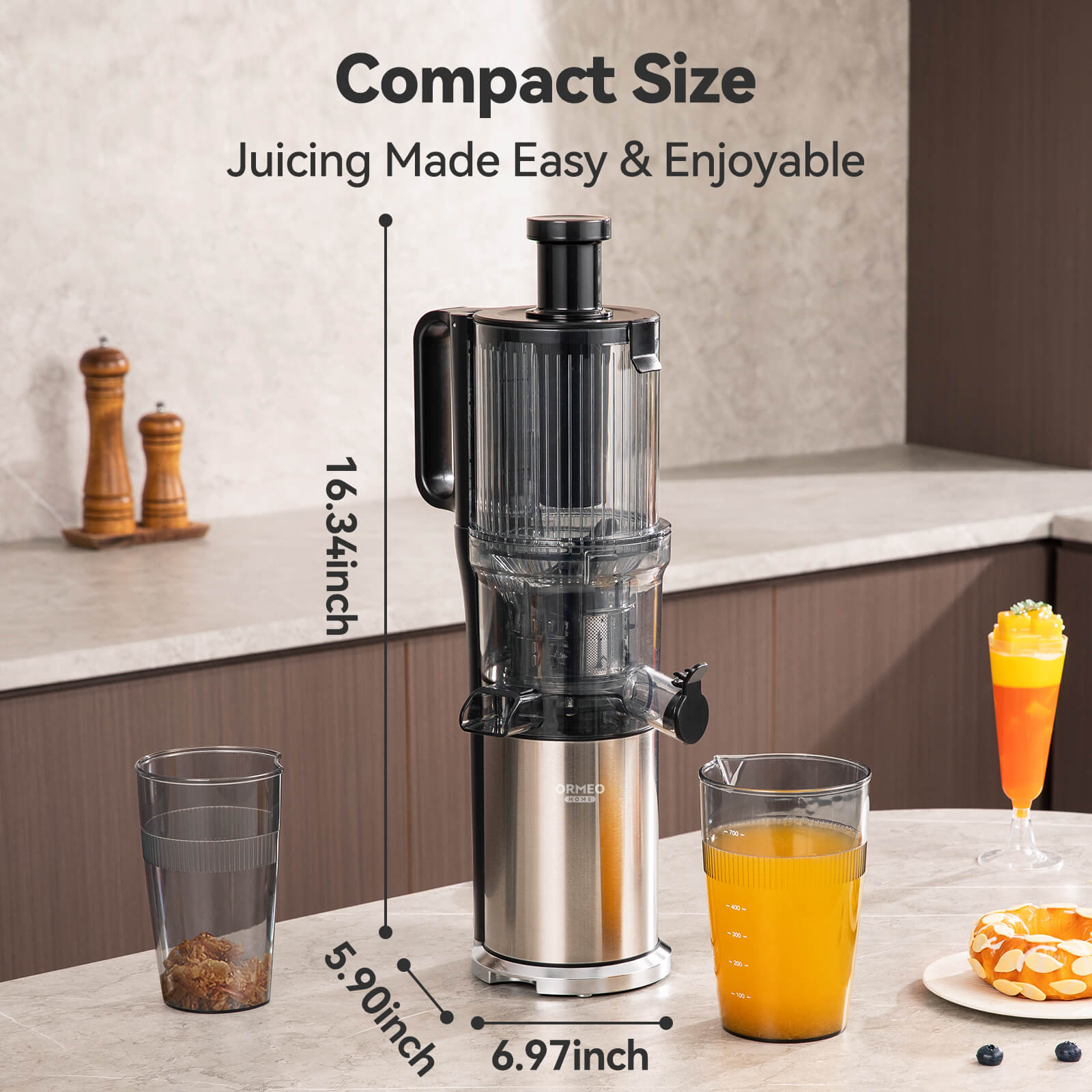
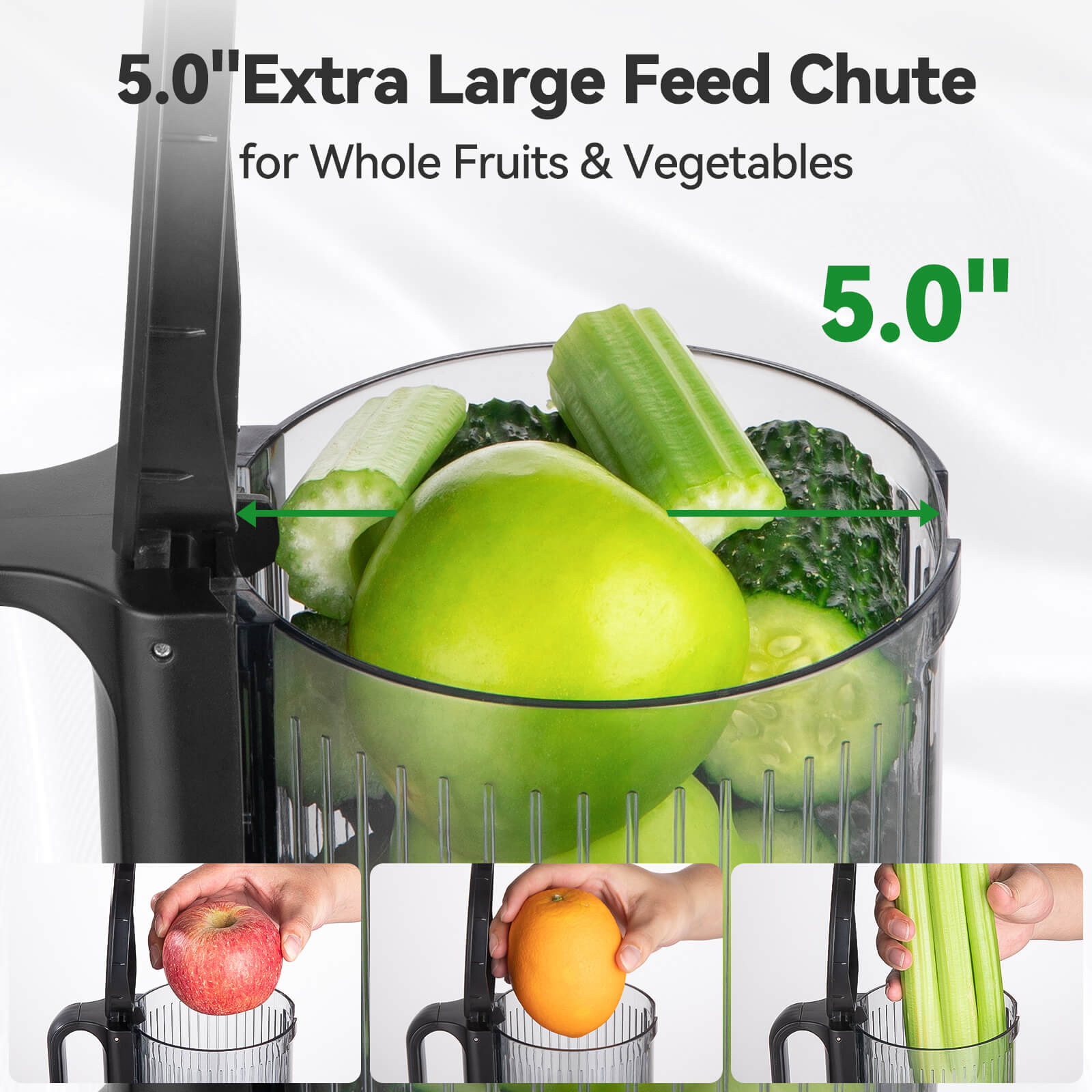
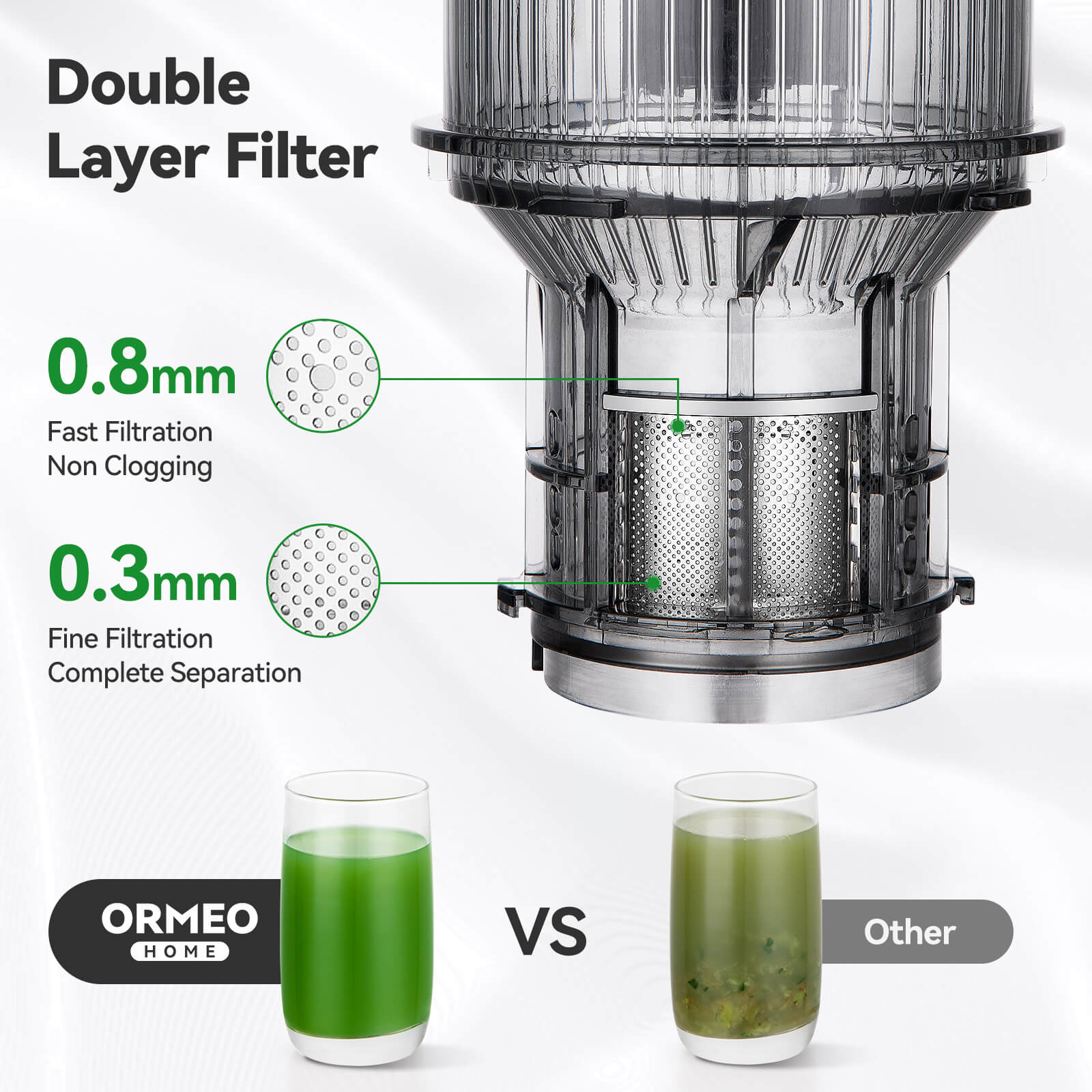
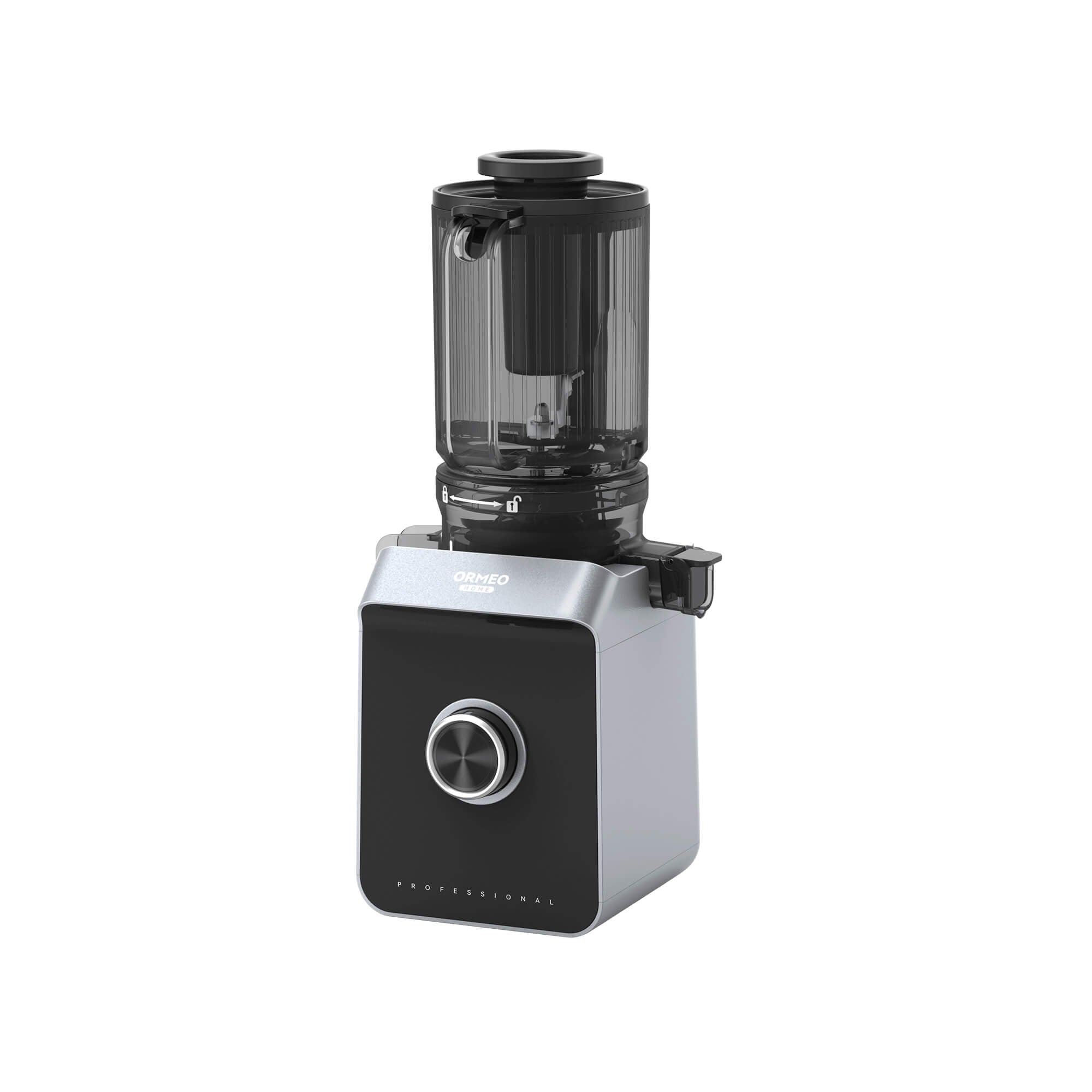
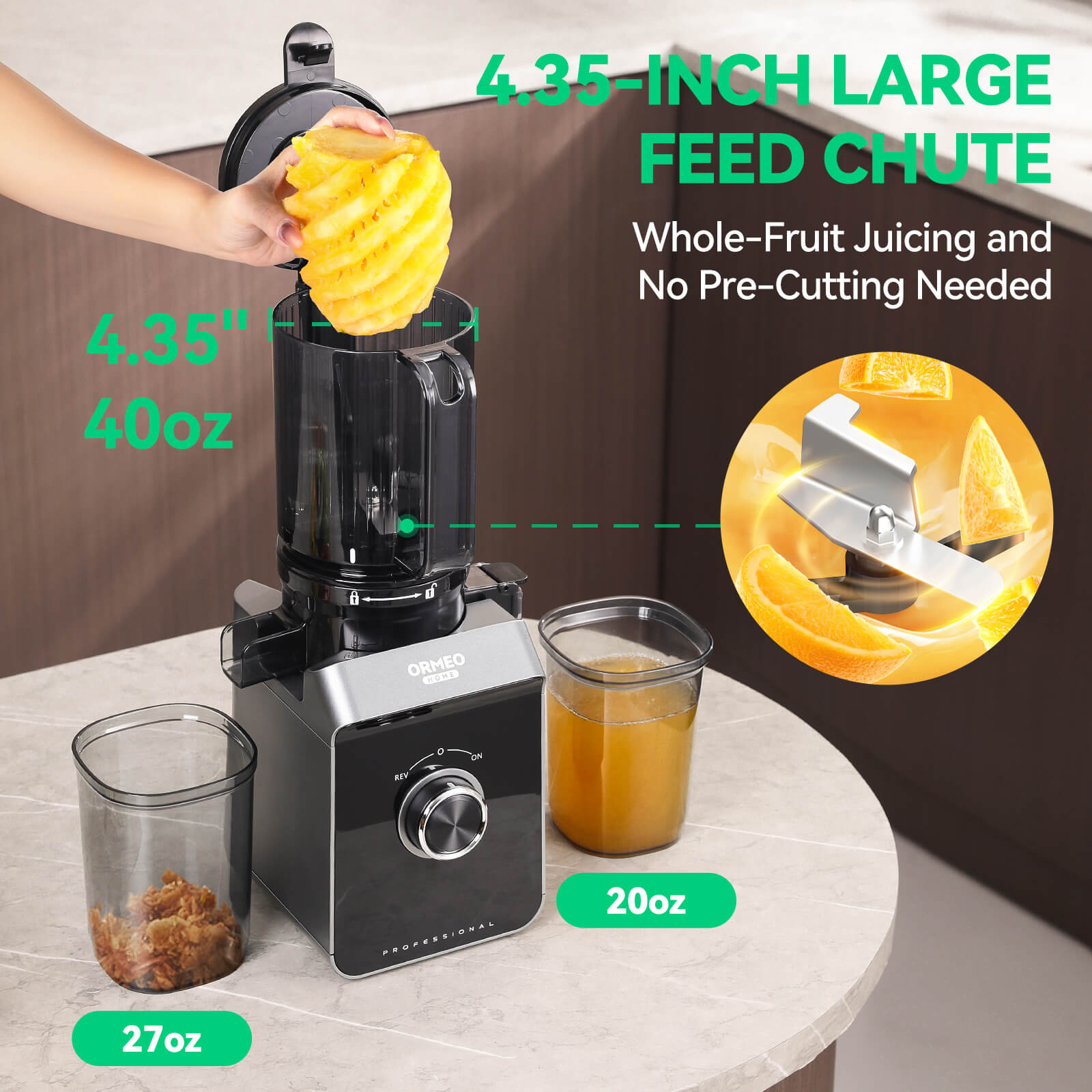

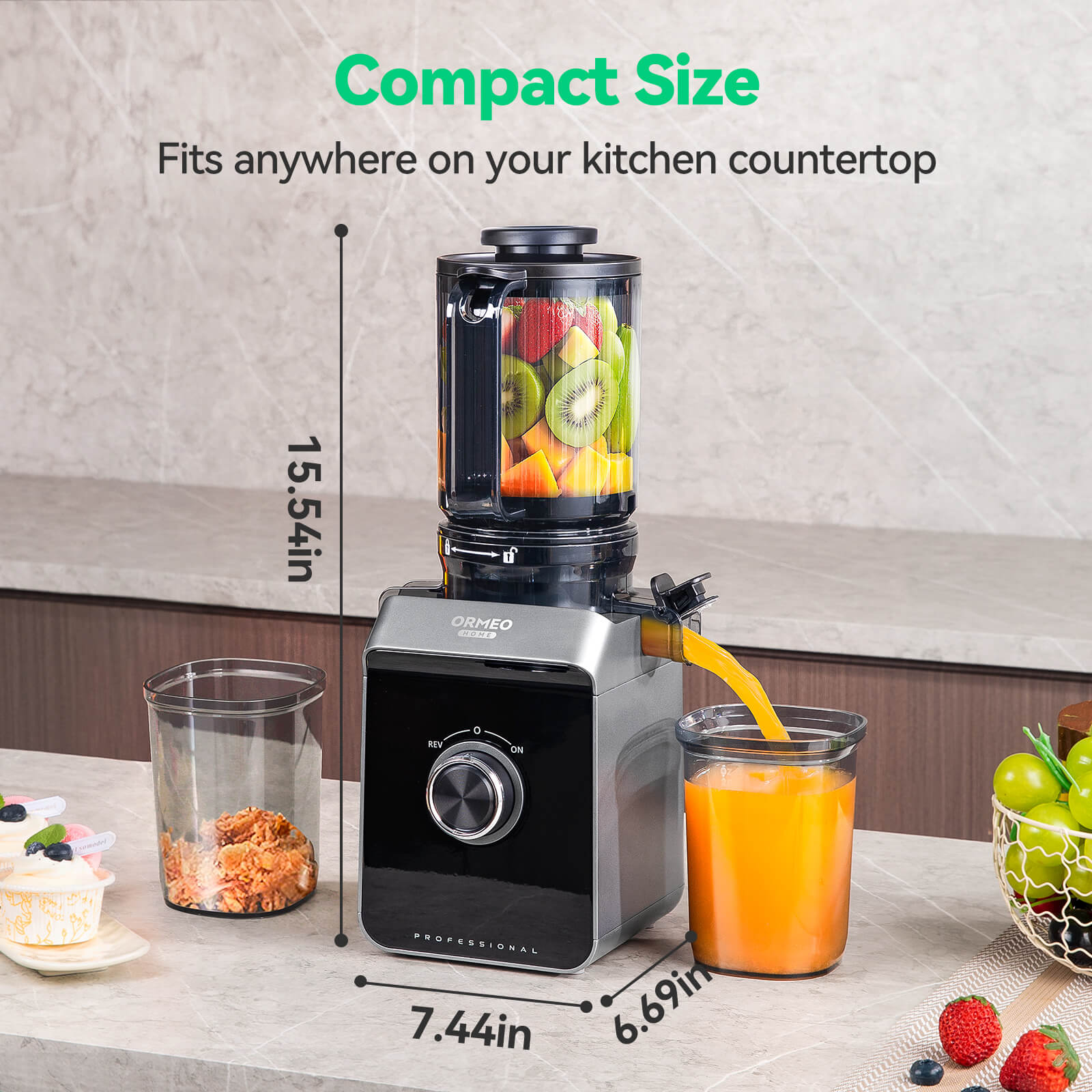
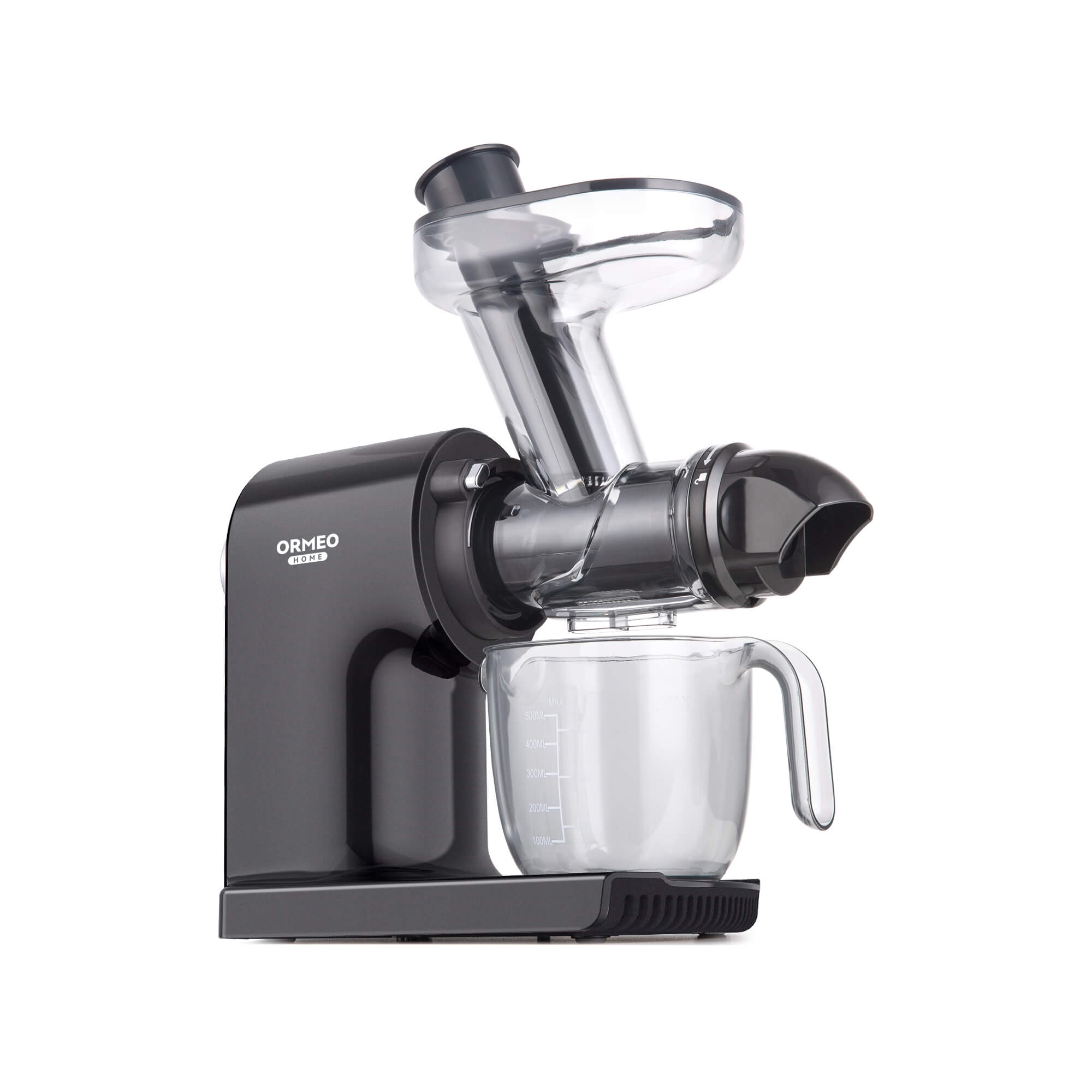
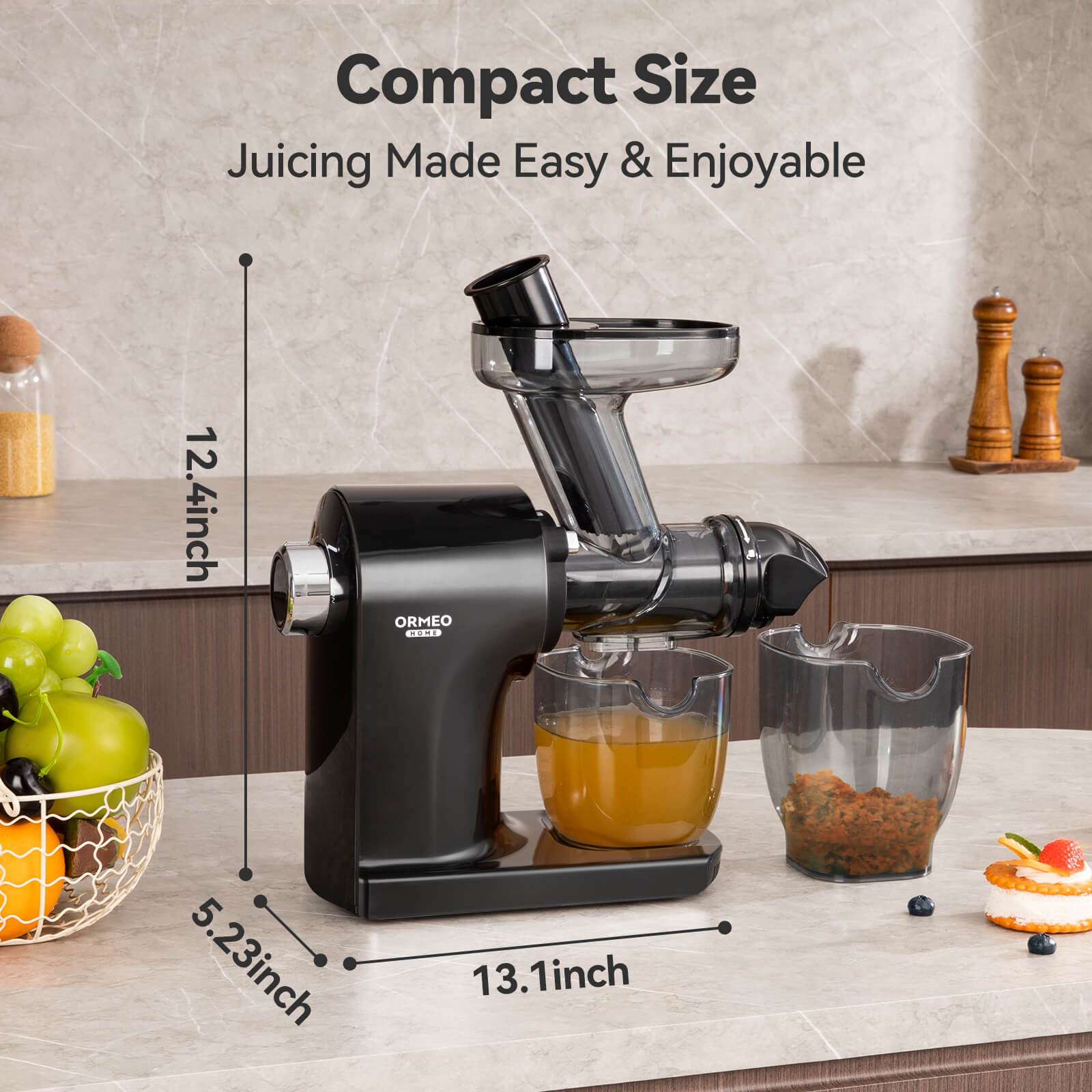
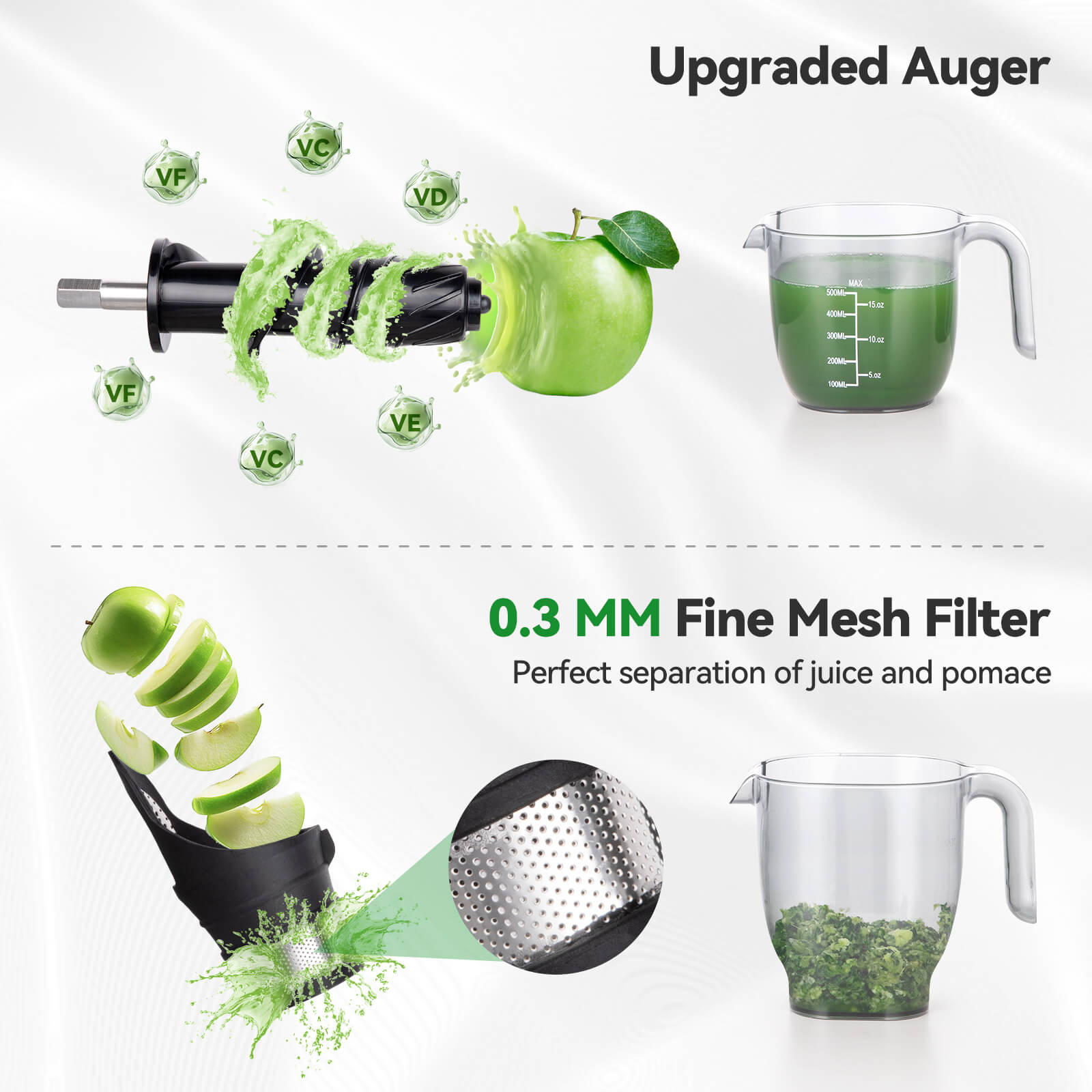
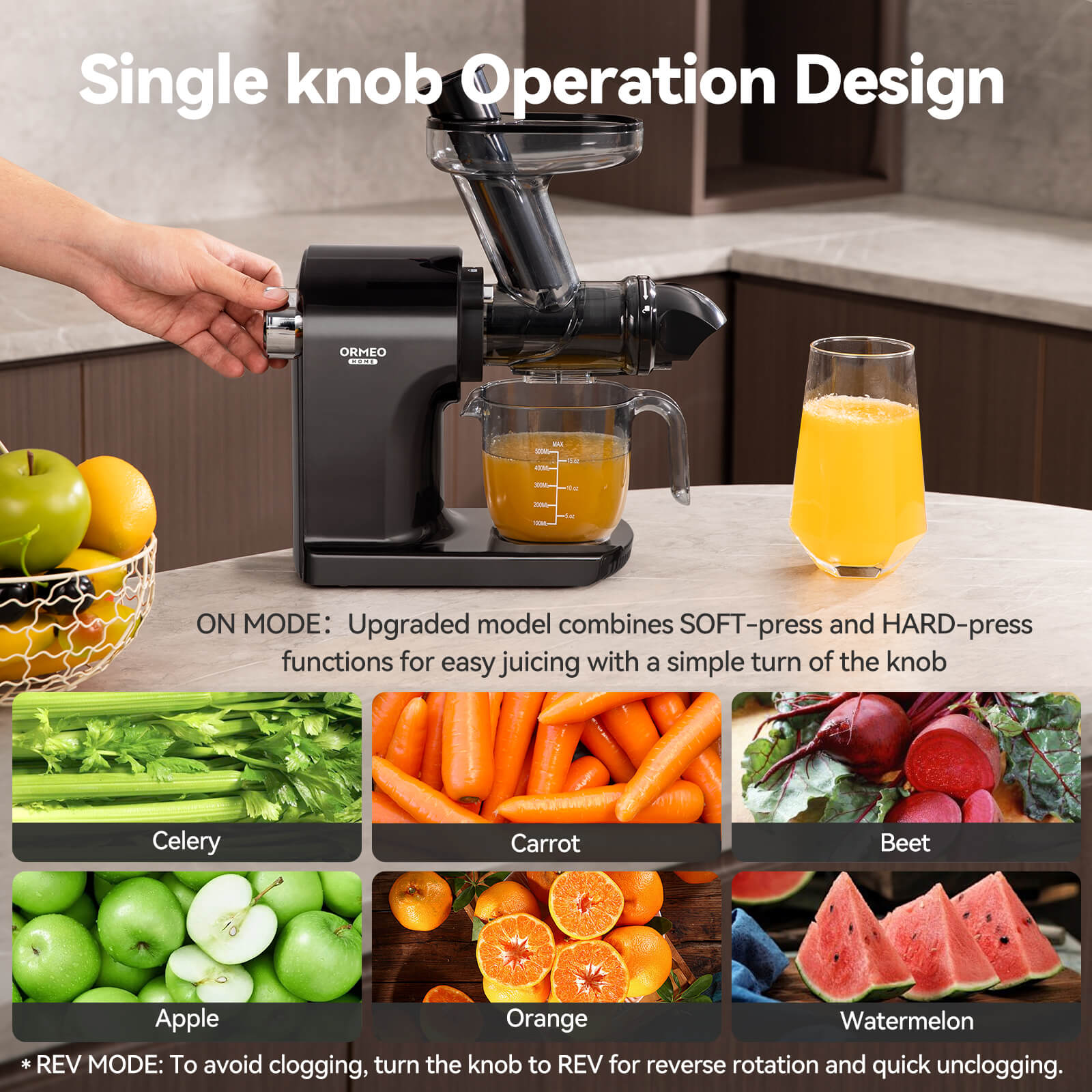
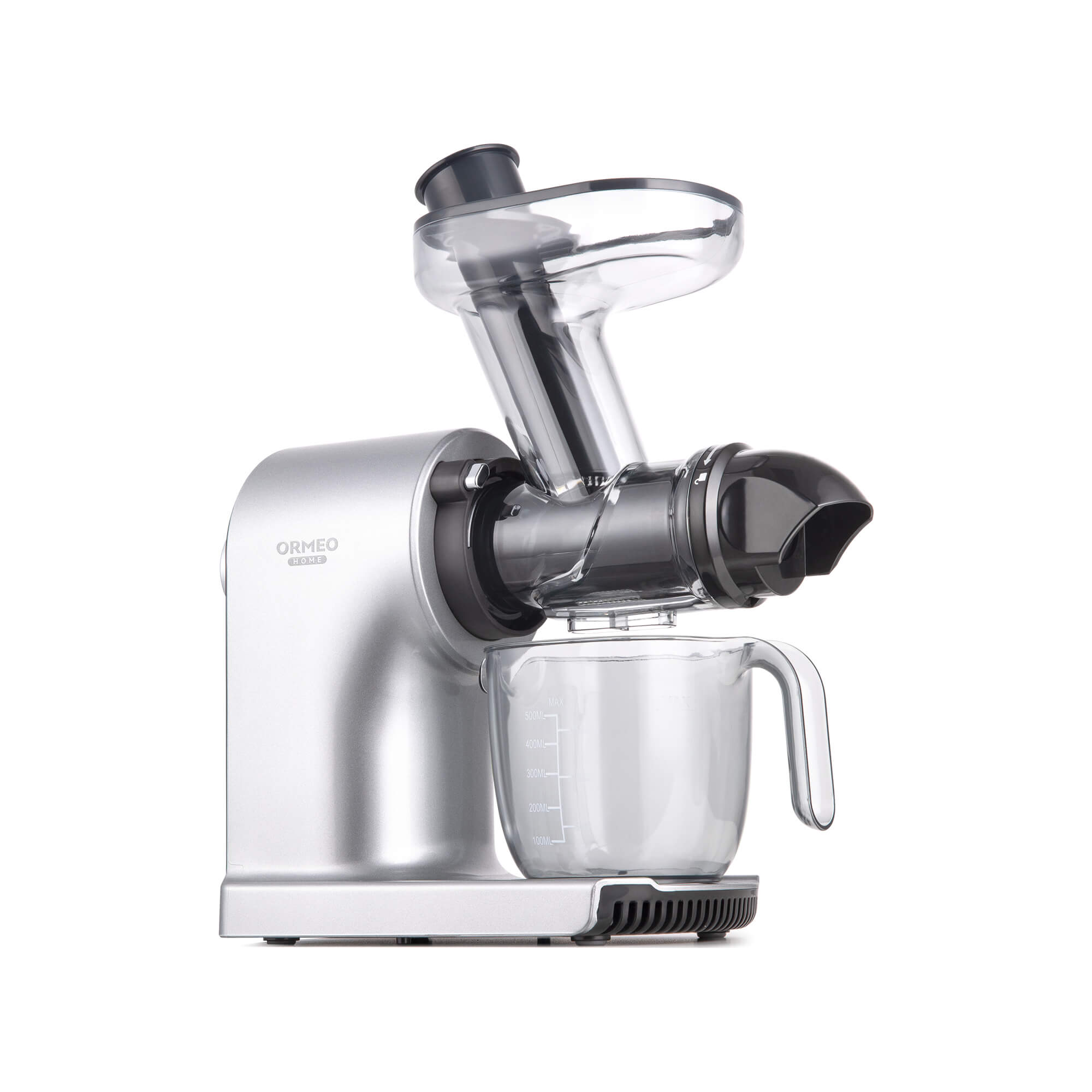
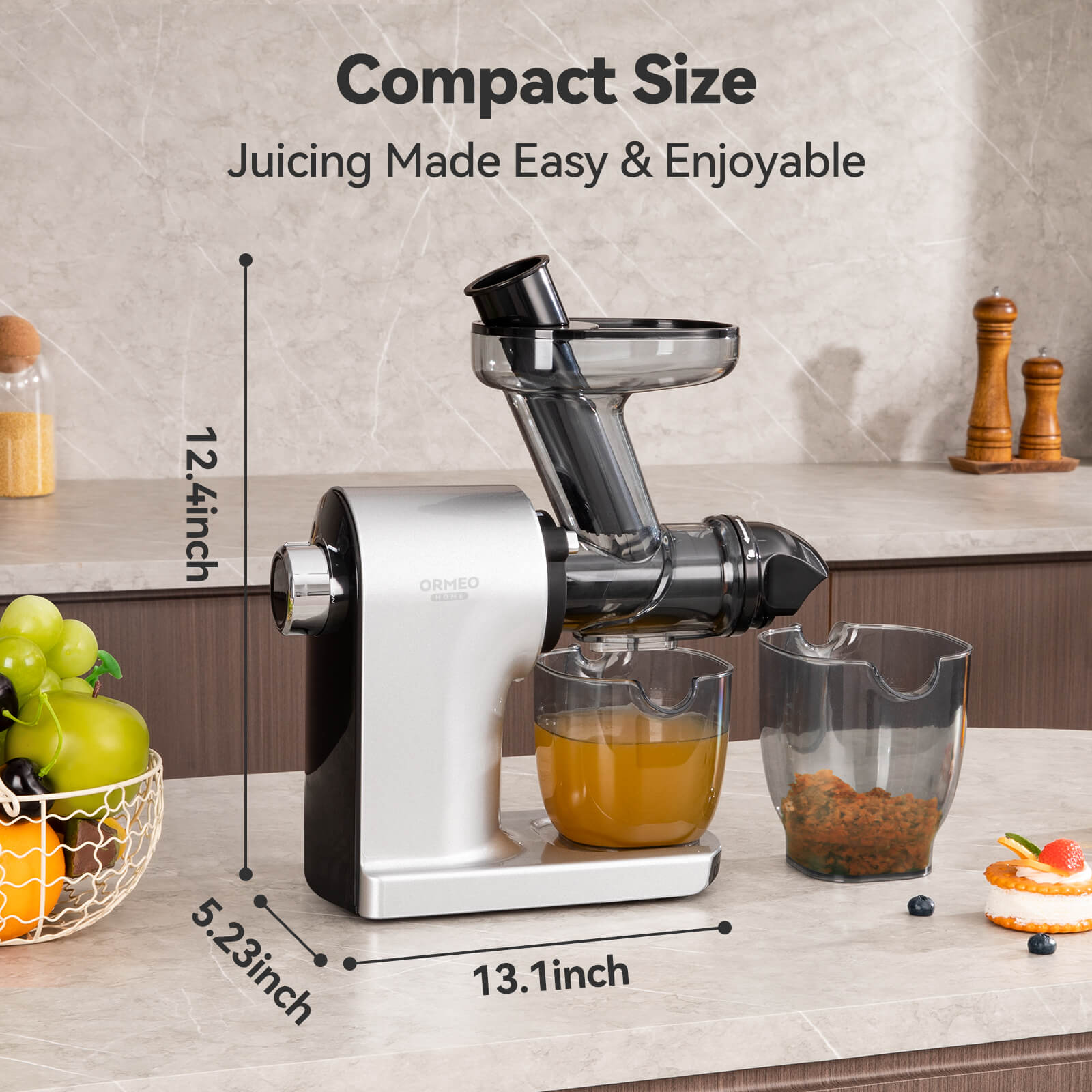
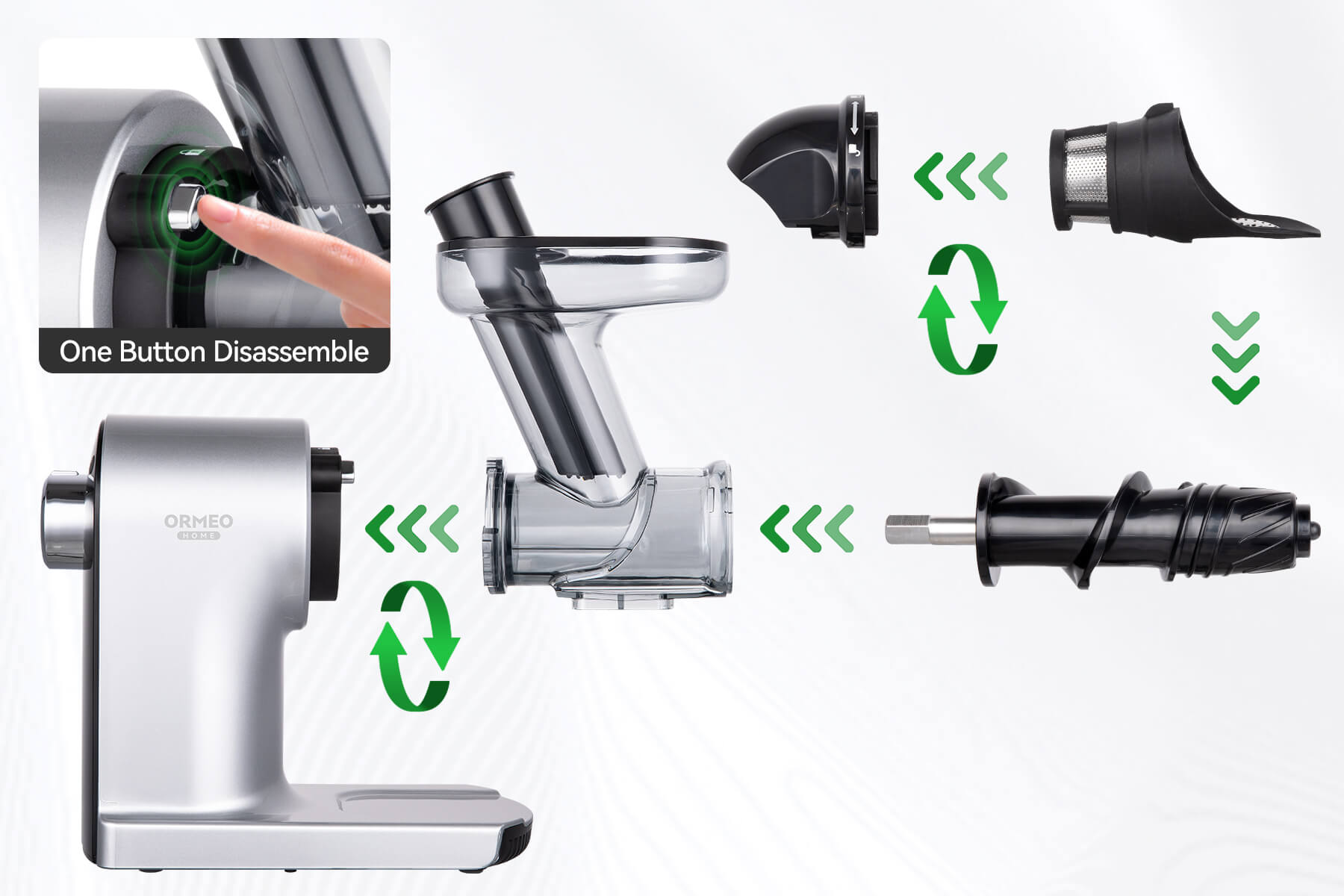
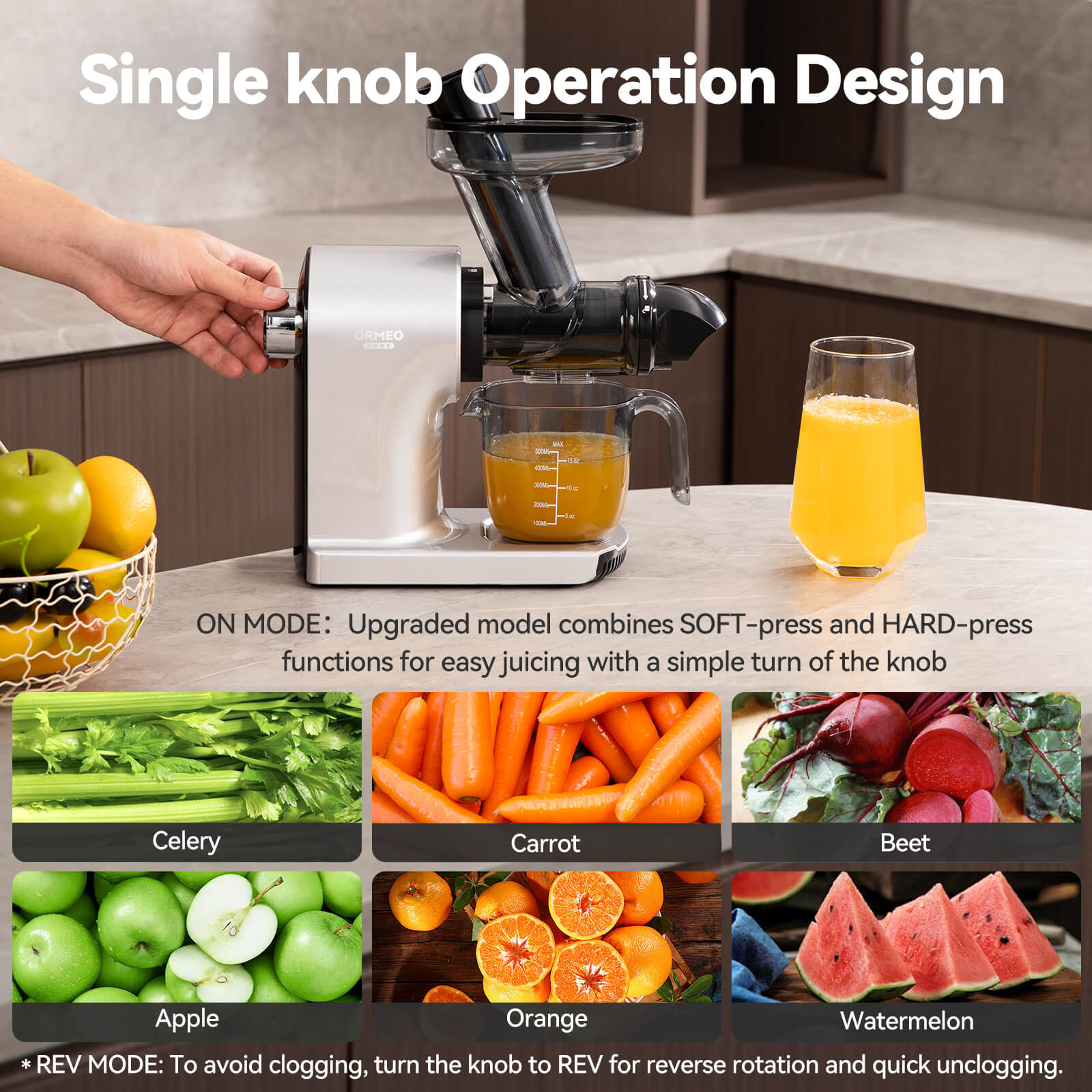

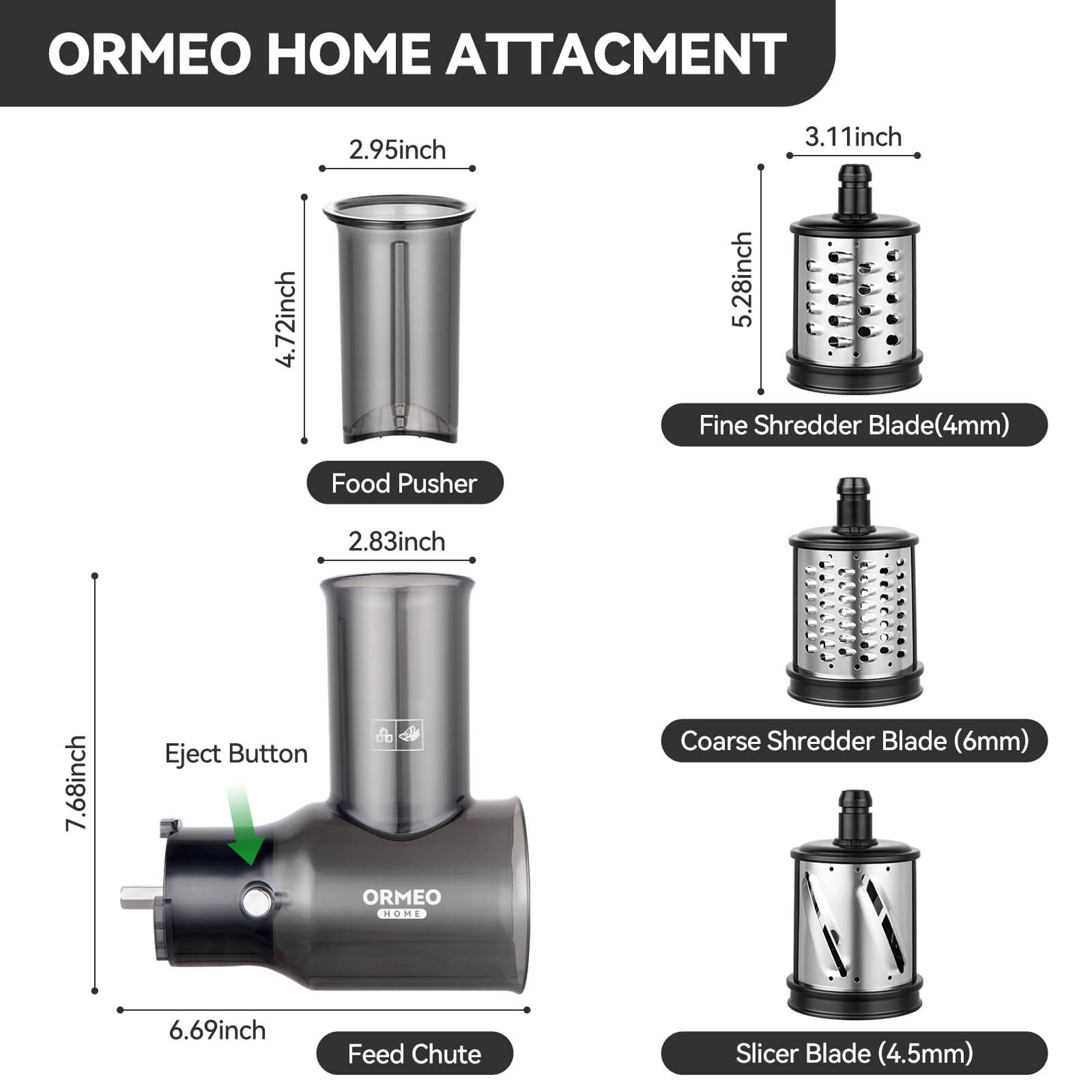
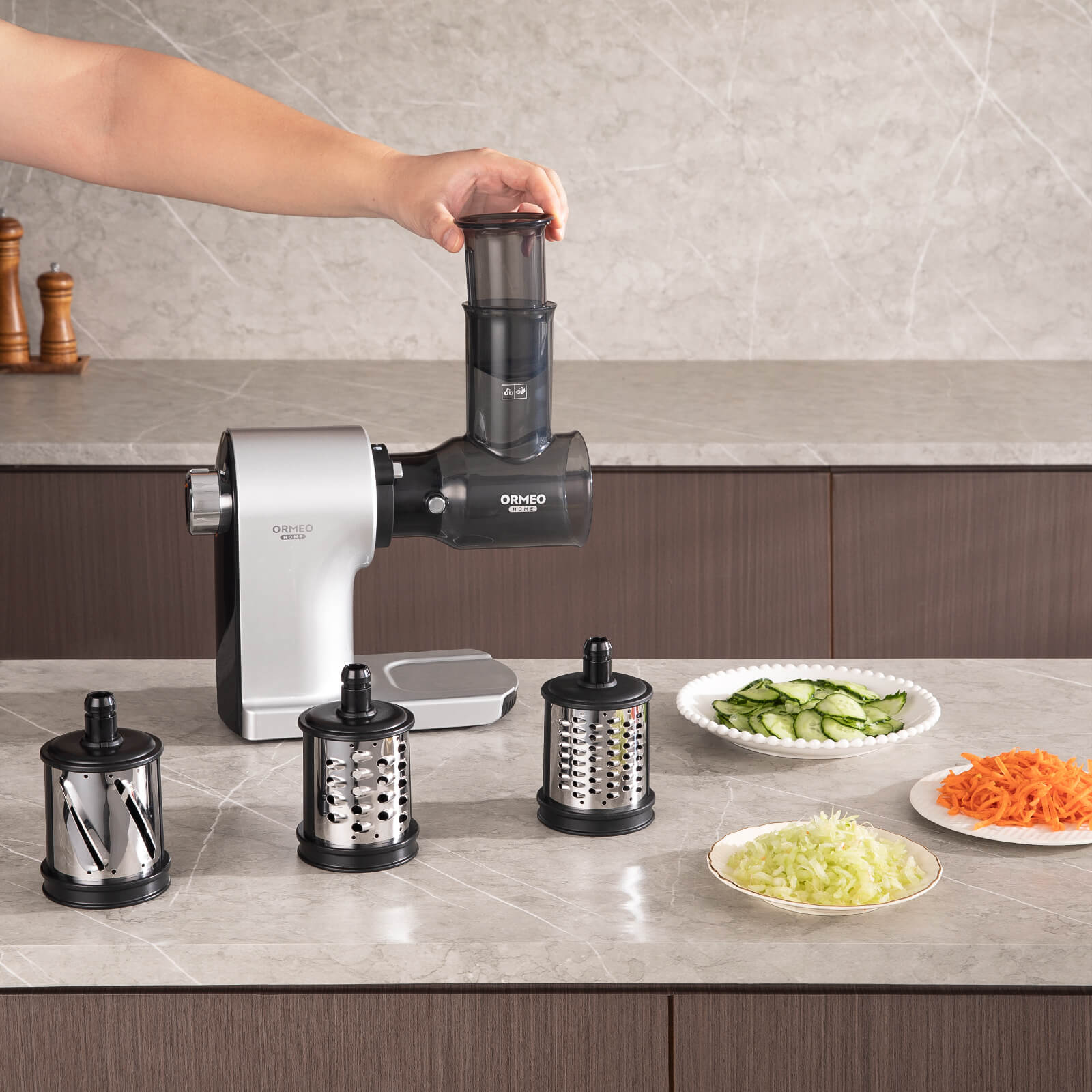
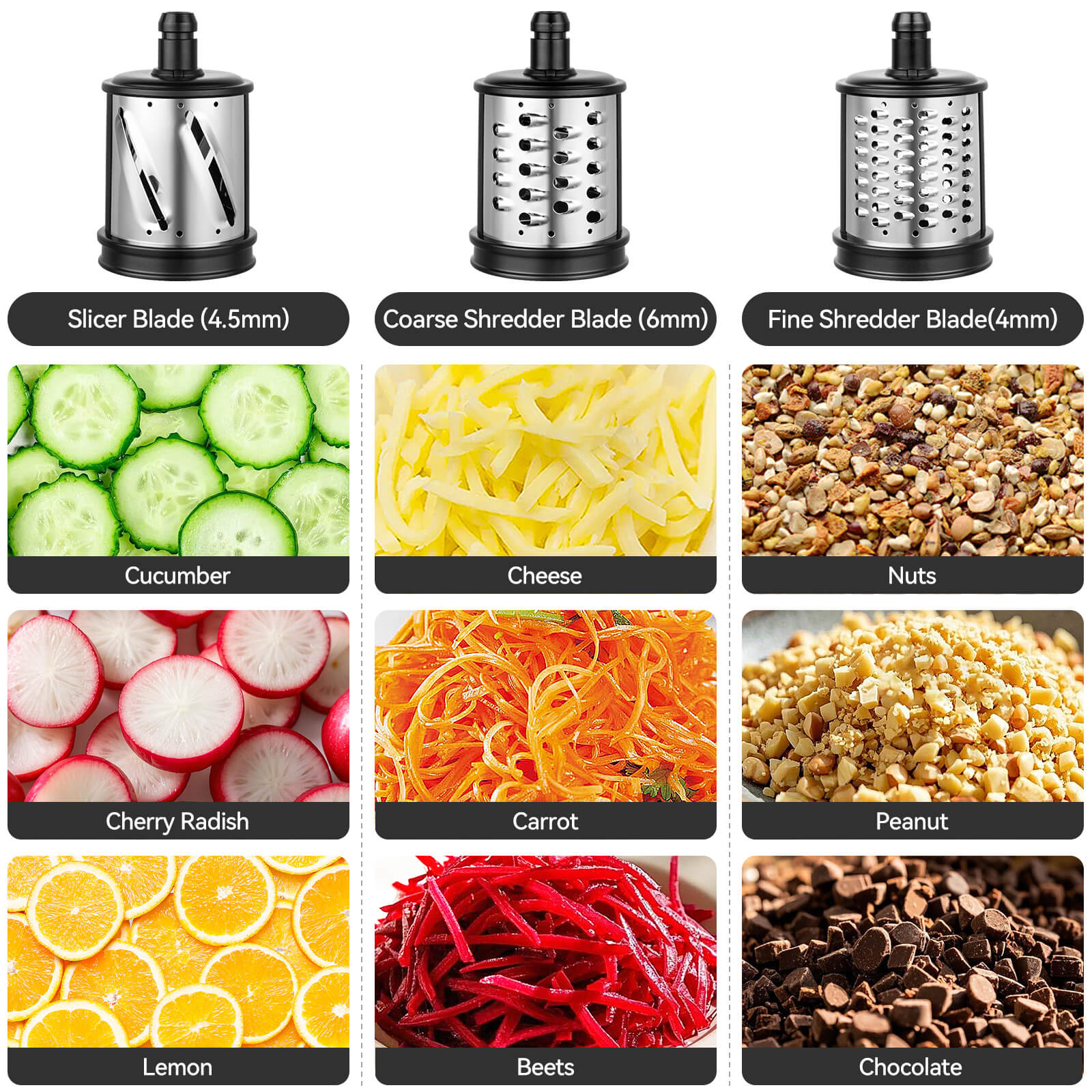
Share:
The Best Slushie Machines of 2025 Compared for Every Budget
The Best Cold Press Juicer for Fresh and Healthy Juice in 2025